Cutting edge
ECC cadaver lab allows students to get up close and personal with human anatomy
The human heart consists of four chambers, four valves, vessels and three different layers of the heart wall, all in a muscle slightly larger than your fist. Students who take Dr. Luis Martinez’s Human Anatomy and Cadaver Dissection course get to see all of those parts.
The class offers an experience very few community colleges do, the chance to dissect a human body from head to toe. The chance to see everything that keeps you alive, every layer of skin and muscle, every organ and a hundred other different parts.
The lab, which is officially called the Human Gross Anatomy Lab, was built alongside Building A, with the input from Martinez, who had taken a course on creating the cadaver lab.
“This is a state of the art facility that we have here,” Martinez said. “We have had administrators and teachers from other community colleges that come here and visit ours so that they can get ideas on how to build their lab.”
The human dissection class didn’t exist until Martinez, a retired surgeon from Venezuela, started at Elgin Community College as a professor.
“When I was hired, part of my job was to dissect the cadavers, so the cadavers were brought to ECC and my job was to dissect them,” Martinez said. “There was another instructor, we did the dissection together, but that instructor is no longer here, so it became my responsibility to do it. And the students were always asking ‘what are you doing in there?’ and I kept telling them, come and see. And they were always making comments, it would be cool to do that, it would be nice to do that. One day, I said to myself, I should develop a class. As of now, I am the one doing it, I am getting paid to do it, but nobody’s learning how to do it. And so, I talk to my dean at the time and I said I would like to develop a class.”
Now, for eight weeks every summer, students get the chance to dissect a human body.
“Students are given the opportunity, literally they’re given a dead body that has been embalmed so it’s not going to decay,” Martinez said. “They have to dissect the body so we can actually expose the muscles, the nerves, the organs and everything that they learned in the previous two semesters, now they have to expose it and then once they are done at the end of the summer, those cadavers are used to teach the regular students.”
The class does not just benefit the 12 students who take it; students in anatomy and physiology also receive the benefits.
“The benefit [of the lab] is a multilevel benefit,” Martinez said. “First of all, when we teach our regular anatomy and physiology classes, the students have the opportunity to see the real liver, the real heart, the real brain, the actual muscles. We do have models, but that is not, you have to touch.”
Students must first take the first and second courses of each, anatomy and physiology, in order to take the human dissection class.
The anatomy and physiology students meet in a classroom right next to the lab on a Wednesday afternoon. Today’s lesson is the circulatory system. They have a worksheet and a model of the system, which are very nice and expensive, Martinez is making sure to warn the students of the latter.
For most classes, the lesson would end there. They’d turn in the worksheet and walk out, but for this class, it’s only the beginning. Right next door there are six dissected bodies, all in body bags, ready for the students to learn from.
When you walk into the lab, it gets noticeably colder. The lab has to be kept between 62-64 degrees Fahrenheit, accomplished through the central AC and two separate units for the lab. If the temperature is not within this range then mold can grow on the bodies, which has never happened at ECC.
On each side of the room, there’s stainless steel equipment including sinks and cabinets, a requirement for this kind of lab. There are music stands with textbooks and trays full of surgical equipment.
And in the center there are six bodies, three in a row, each in black body bags. The bags have two layers and inside the bodies are covered in clothes that are kept damp, and they wear socks on their feet and hands to prevent drying.
The first thing you notice is the smell. It smells like nail polish remover but isn’t as strong as you might think.
If you have a queasy stomach, now’s your chance to skip ahead a little.
The body almost looks like a mummy. It’s gray and the bones, muscles, vessels and tendons are exposed. The ribs are cracked so you can see all the internal organs.
The body shown has an interesting abnormality. A person’s stomach should be in their abdomen, but this person’s stomach was in their chest, under the lung. Dr. Martinez removes the lung and pulls out the stomach, which looks like a deflated bag.
The heart is taken out and dissected separately. Dr. Martinez takes out a heart from a different body, one that had been carefully dissected by a student for her special project.
At the end of the course, each student gets to choose one part of the body to thoroughly dissect. Karen Pearce, a third-year student at ECC, found herself dissecting the heart Martinez was proudly showing off.
“I wanted to do a vasectomy at first, we get to pick anything we want to do, I wanted to crack open the cranial and dissect the head, but somebody else chose that,” Pearce said. “Another student chose the heart, but she ended up leaving to go on vacation early and I hated to have it sit there half dissected, so I took over. I didn’t want the heart, for me, the cardiac system was really hard in Anatomy and Physiology, but I’m so glad I took it because now I understand it more than I ever did, even though I got A’s in both those classes.”
Evelyn Bautista, a fourth-year student, still remembers when she first walked into the lab.
“It smelled, it has a very strong smell,” Bautista said. “But I was excited because there were a lot of students who all want to eventually get into medical school and all become something I really look up to and it was a really great experience for me to be around.”
The students are very grateful for the opportunity to even step foot in the lab.
“There’s a study that says when you start to dream about something, that means you’ve mastered it,” Pearce said. “I just love it, I would dream about dissecting because it was so satisfying and gratifying to be able to do that.
The students don’t accomplish all that they have do without a little help. Anthony Villanueva was one of the first to take the class, back when it was in the old lab. A veteran of the Vietnam War, where he served in the Naval Corp as a medic, Villanueva has worked in many hospitals in his life. He moved to Elgin after making the decision to retire.
“I came here and enrolled in the surgical tech course, and ultimately got certified as a surgical tech,” Villanueva said. “During all that time I was coming here and taking anatomy and physiology and I took the cadaver course here with Dr. Martinez.”
Villanueva now helps students every summer in the human dissection lab. He gets to see them on the first day, and he gets to see them overcome the hardest part of the class.
“The fear, when they come in on the first day, they’ve all taken anatomy and physiology, so they’ve all had some exposure to the cadavers, but it’s minimal,” Villanueva said. “But when you take the cadaver course, it’s hands-on. I tell them to come close, and I do a facial recognition thing and I can see the fear.”
But the students do get over this fear.
“There’s a curve there, it takes three or four days,” Villanueva said. “But they get over it.”
The students often get comfortable performing dissections early on.
“There is something amazing about this class, you can see at the beginning when students start taking the class, you can see that they are a little shaky,” Martinez said. “When they take their exams, which are oral exams not written, and I have a question at the very first test when they have to demonstrate all that they have dissected at that point. I always ask them, how is your self-confidence with regards to this class now, in comparison to the first week? And they all tell you ‘I am much better.’”
Villanueva was there when the students found the body with its stomach in its chest.
“The students found it, and they called me over and they said ‘Anthony, what is this’,” Villanueva said. ” As a surgical tech I’ve been in the OR and I’ve seen the body while they’re alive, I look and I look and I say it’s a Hiatus Hernia. And they said, no, it can’t be, a Hiatus Hernia is lower. So the doctor comes in, and I ask, ‘doctor, what is that?’ And the doctor looks at it and he says, it’s a Hiatus Hernia.”
According to Martinez, one of the biggest benefits of the class is it helps students memorize the complex anatomy of the body far faster than with models.
“Imagine this, you watch a video on how to make a pound cake, and then you make the pound cake,” Martinez said. “Once you make that pound cake, you won’t forget how to make it. Once you dissect the human body, it is almost impossible for you to forget that the deltoid muscle is here, that the quadriceps are here, that the liver has this ligament, because you have to go through all that.”
The real star of the show, according to Martinez, is how well the students’ dissections are. The work of the students often excels compared with the work Martinez has seen at different four-year colleges.
“I had a student in one of my very first classes, I had a student that came, she was going into a four-year college, to do a Masters in physical therapy,” Martinez said. “So she took this class here with me, she was excellent. So she registered for her program and they told her, you’re going to have to take that class again. She said ‘no, I already took that class at ECC’, they said that’s a community college, we have a higher level here, you’re going to have to take that class again. So she said OK, I’ll do it. A week and a half after the class started the instructor came to her and said, ‘where did you learn to do this stuff, because you are like a head above everyone else in here and you know what you are doing, and she told the instructor and the instructor called the dean and said this student has no business taking this class here, I want you to refund her tuition and I want you to hire her as my assistant and she got the tuition back, they accepted the ECC equivalent and she became the assistant for that class.”
According to Martinez, the work the students do compares and often times excels when compared to the work at four-year colleges.
“I have always been blown away by the quality of work of these students,” Martinez said. “They meet for four hours and sometimes they stay for two extra hours every day. They get into it so much that it’s fascinating what they do. The quality of the dissection they do it’s just amazing, and it’s them, not me. I go in there and we talk, I say we’re doing this today, and just get your hands on it. What they then do, it’s amazing.”
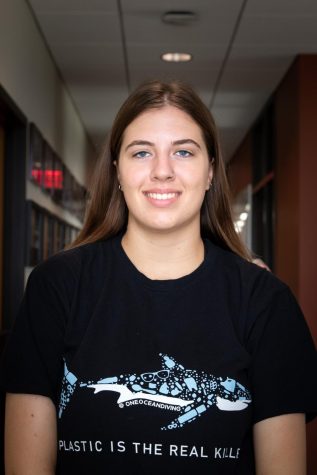
This is my second semester at ECC and I'm studying journalism. I joined The Observer to get more experience working in news.
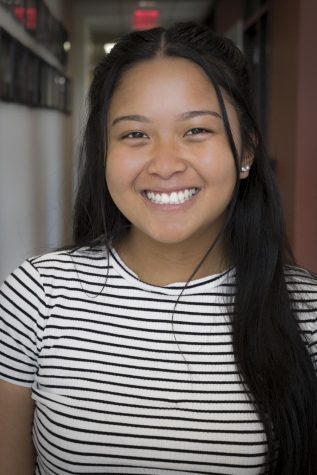
I am studying photography and have been with The Observer for almost two years now. I initially joined to get experience in photojournalism. I love action...




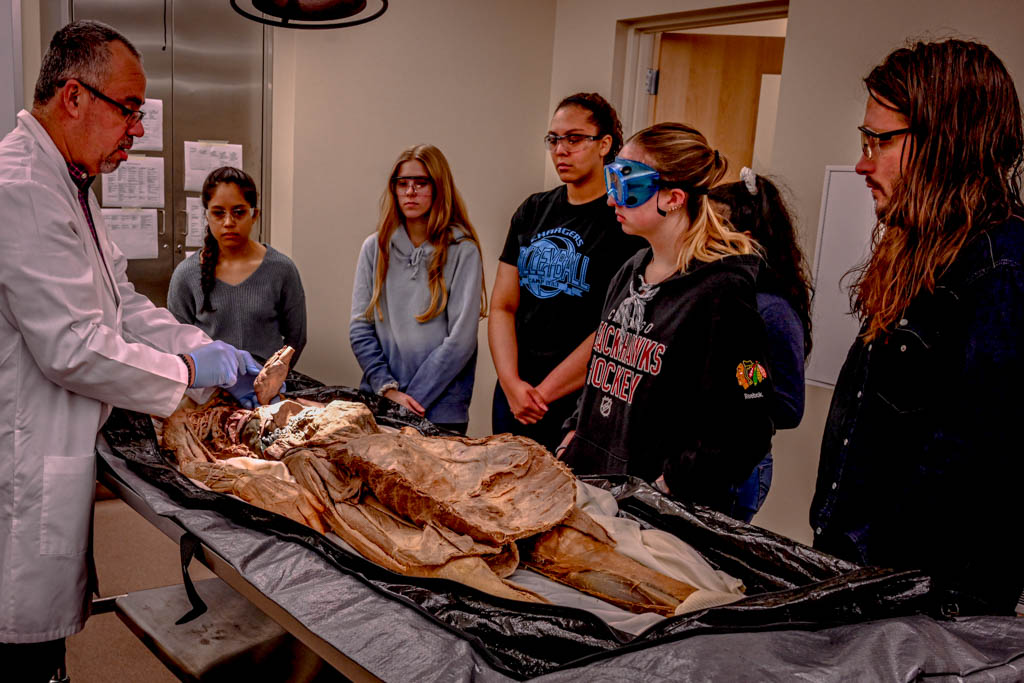
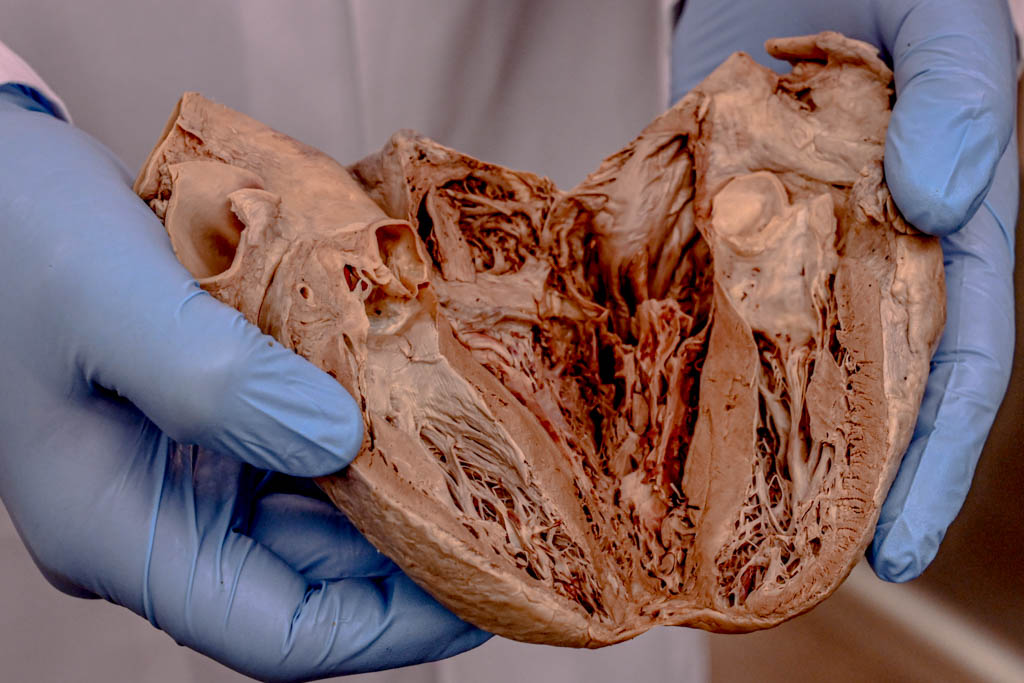
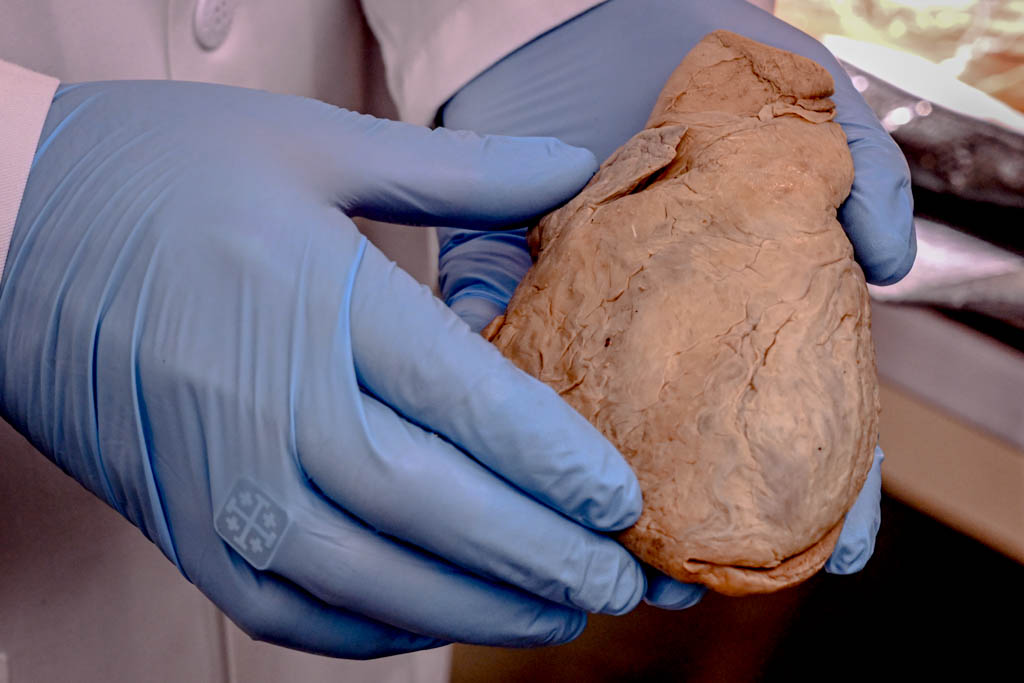
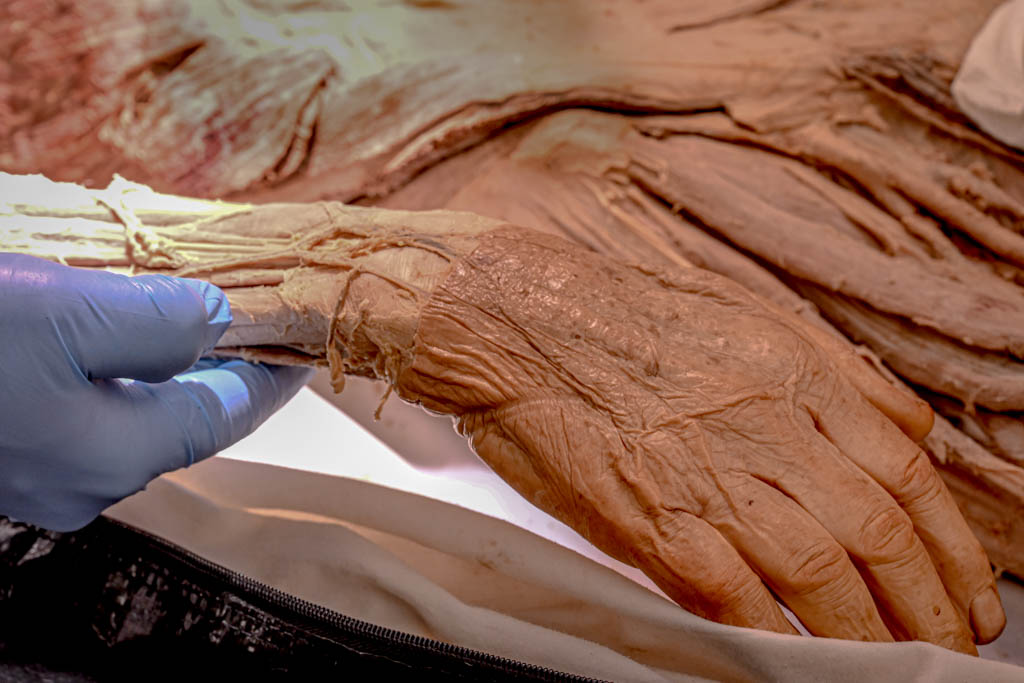

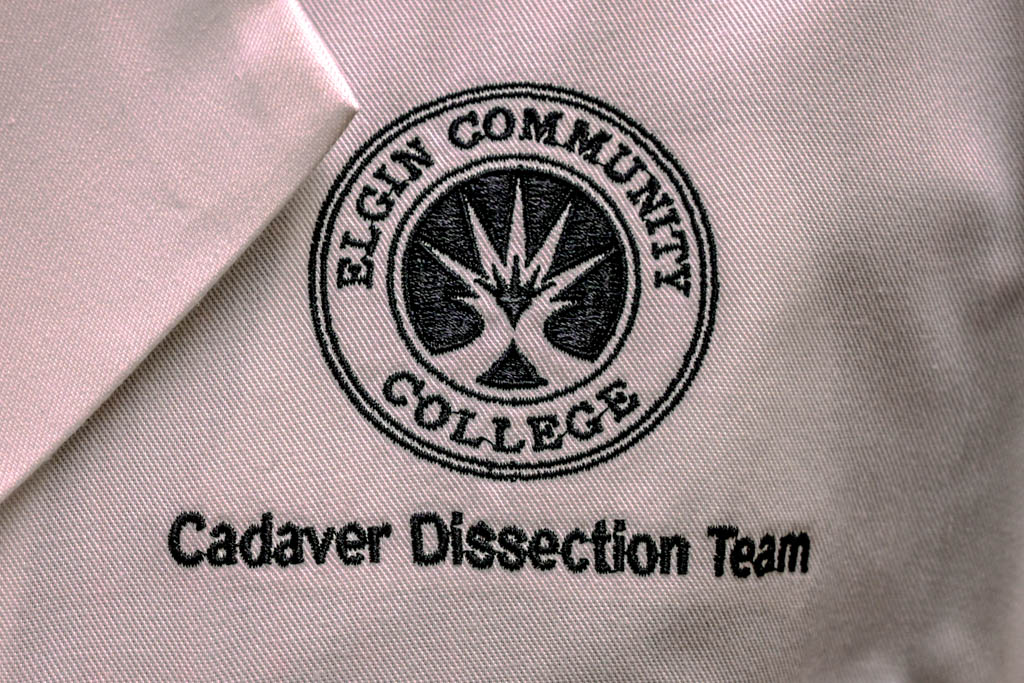
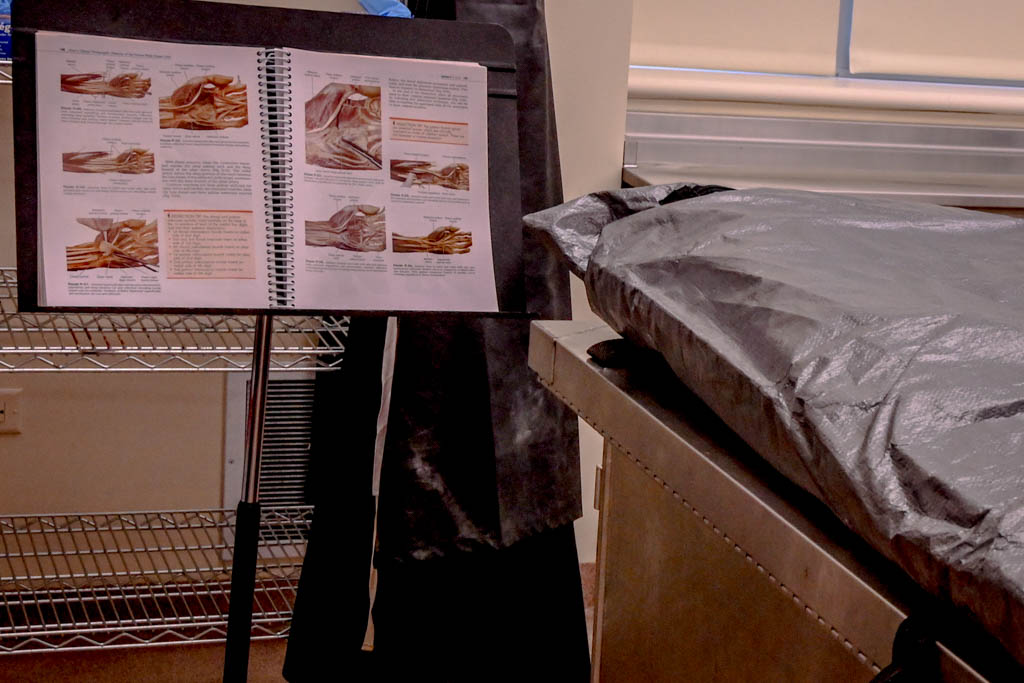
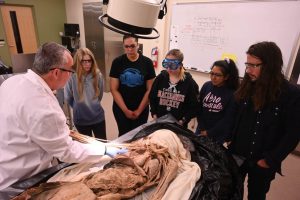
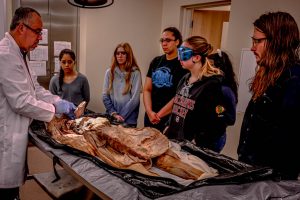

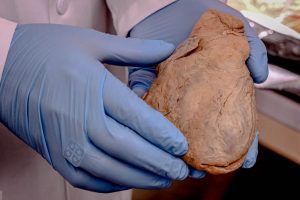
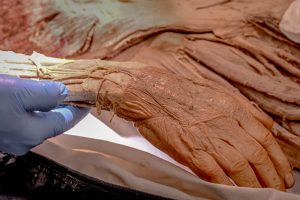
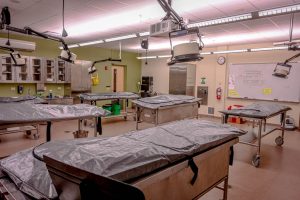
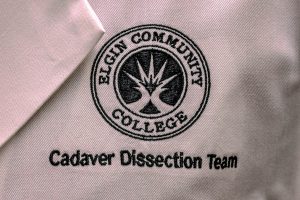
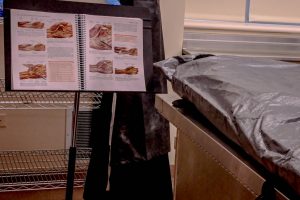
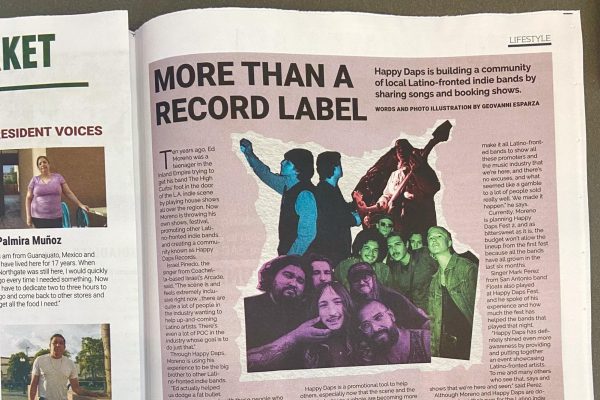
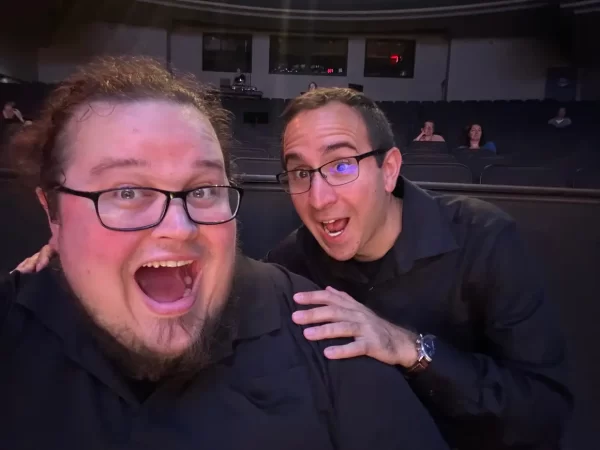

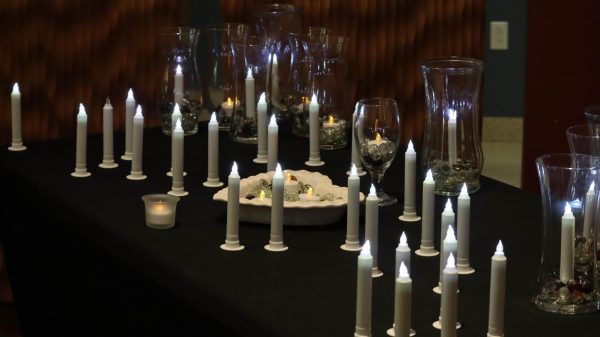
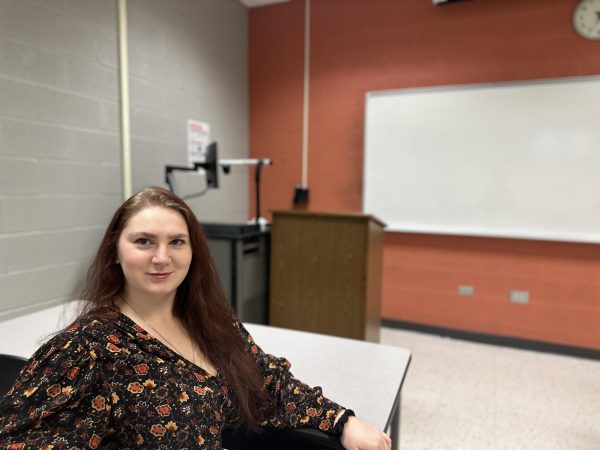
Rita Wickum • Dec 20, 2019 at 12:51 pm
Well done Camryn. Enjoyed your article. What an amazing class.